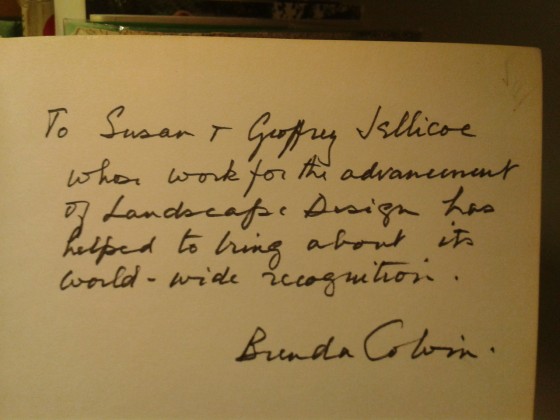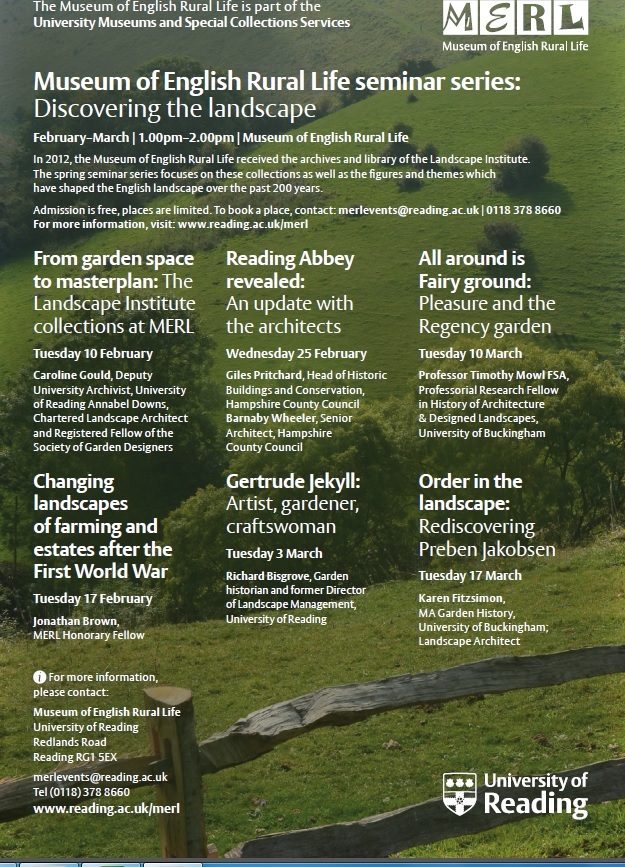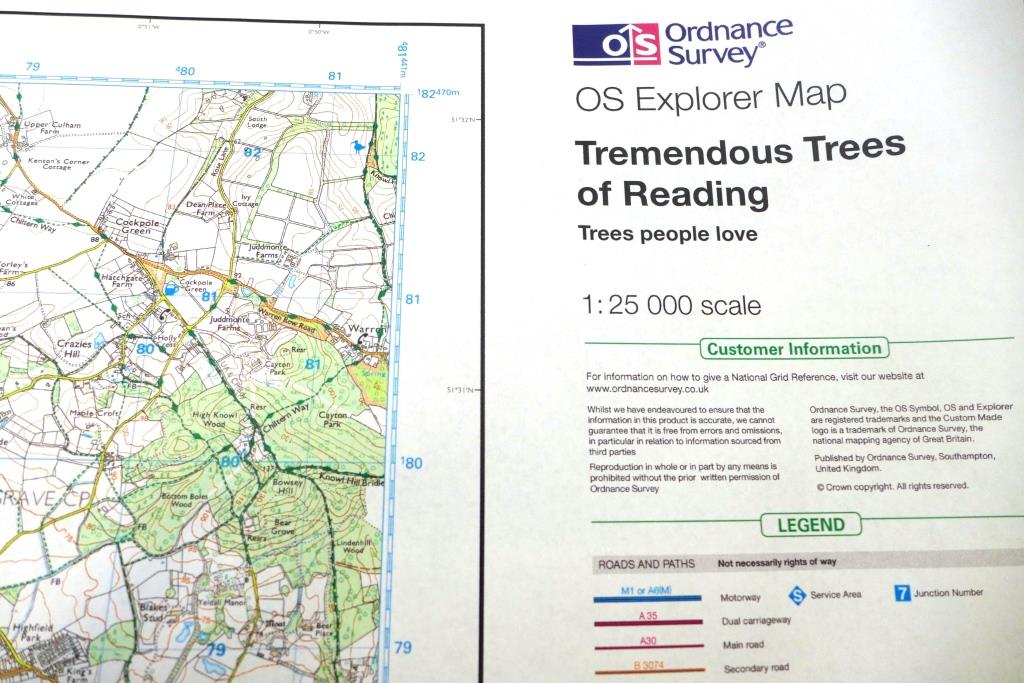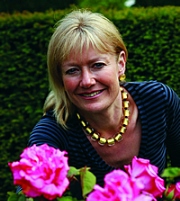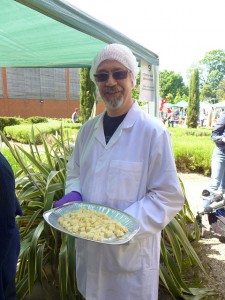We’re delighted to share with you our current Staircase Hall exhibition:
Discovering the Landscape: treasures from the collections of the Landscape Institute
Where? Staircase Hall, Museum of English Rural Life, Redlands Road
When? Wednesday 13 January – Friday 1 April 2016 (during our opening hours)
What? This display will showcase a selection of important archive materials and books from the Landscape Institute collections, including rare books dating from sixteenth century to the present day. See stunning sketch books, fascinating photographs and beautifully illustrated book plates and fold out plans.
How much? Free!
So what are you waiting for? Pay us a visit and take this special opportunity to explore our Landscape Institute collections with us.
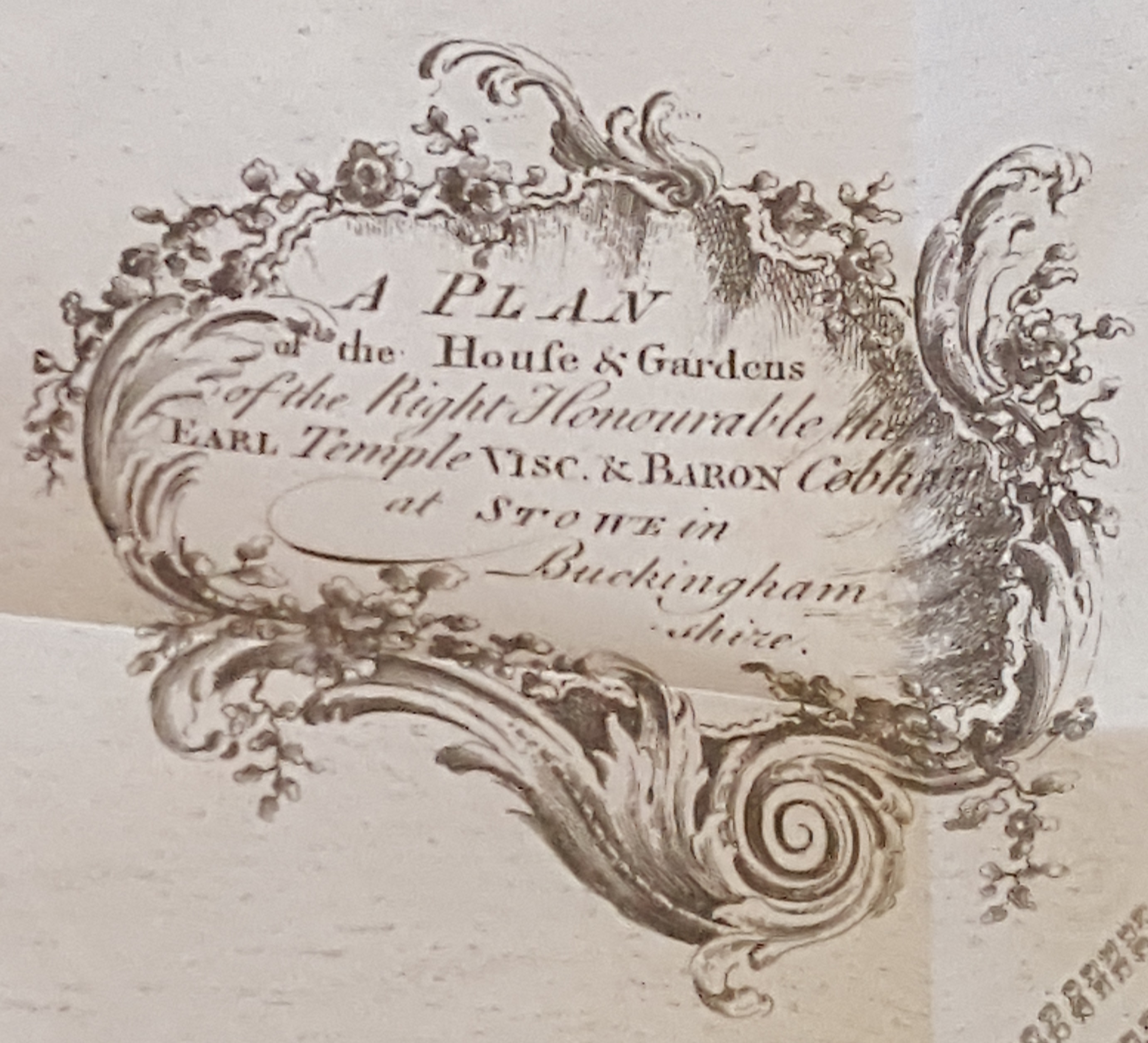
Stowe : a description of the magnificent house and gardens of the Right Honourable Richard Grenville Temple… embellished with a general plan of the gardens, and also a separate plan of each building, with perspective views of the same by B. Seeley. London : 1769. MERL LIBRARY RESERVE–2800-STO
The Landscape Institute was founded in 1929 as the Institute of Landscape Architects. As the Royal Chartered institute for landscape architects, the institute works to improve the planning and design of the urban and rural landscape, accredit university courses and promote the professional development of landscape architects.
The Institute built up a collection of library books and archives relating to the practice of design and management with the purpose of creating a national landscape collection. The library was formally established in 1967. Acquisition of the archival collection began in the 1990s, as landscape architects died and their collections were bequeathed, donated, or actively collected by the Institute.
Access to the collections was initially for Institute members only, but over time researchers and the wider public have been using the collections in all manner of work. The MERL library and archive teams are working to make this large and varied collection freely available to the public once again.
The library contains books and journals on topics including landscape architecture, garden history and landscape and urban planning.
The archive contains a variety of material relating to the Institute’s history and the collections of individual landscape architects and their practices, such as Geoffrey Jellicoe, Peter Shepheard, Sylvia Crowe and Brenda Colvin.
We hope you enjoy this display of treasures from the collections, including rare books and archives.
The exhibition will also be moving up to the University Library later in the year (Wednesday 6 April – Friday 1 July). It also featured on p. 14 of the University of Reading Spring 2016 Events Guide.
As ever contact us on merl@reading.ac.uk for further information or click here.
Written by Project Librarian: Claire Wooldridge


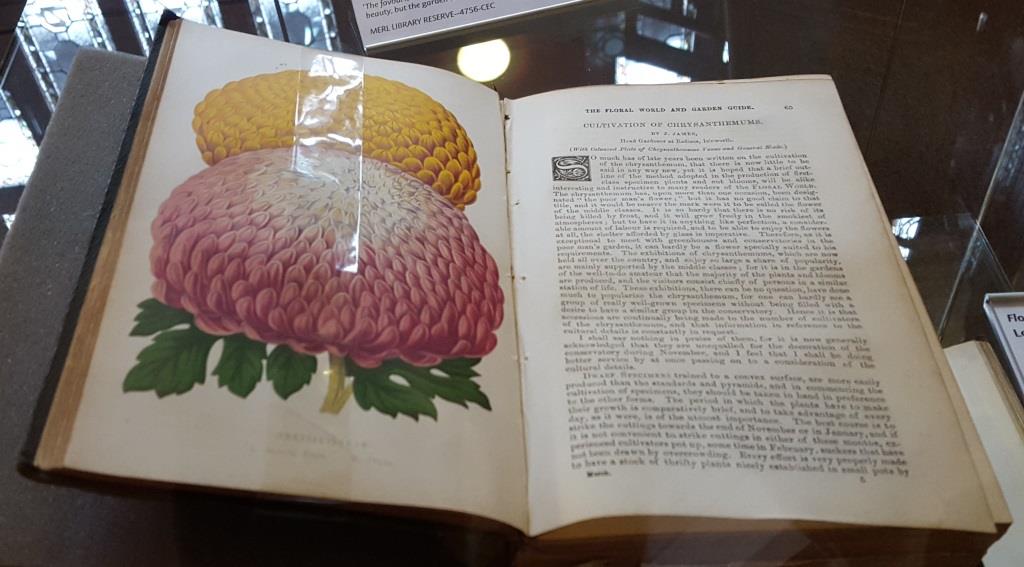




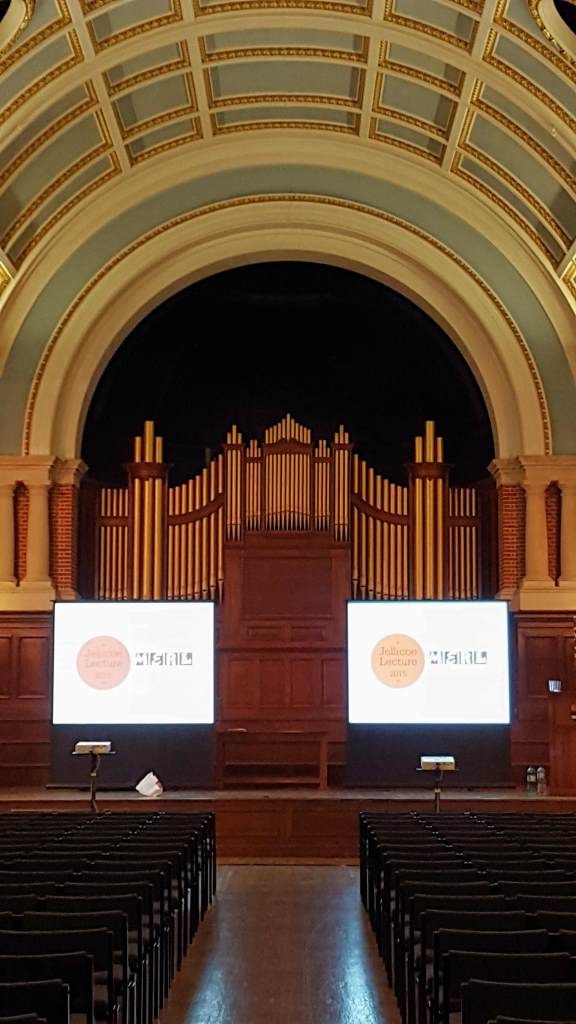


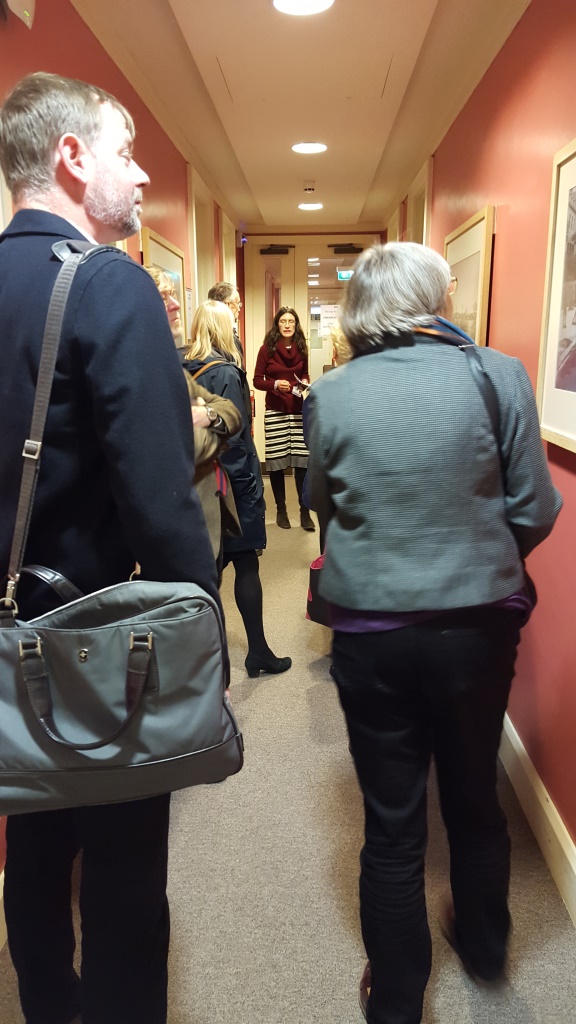


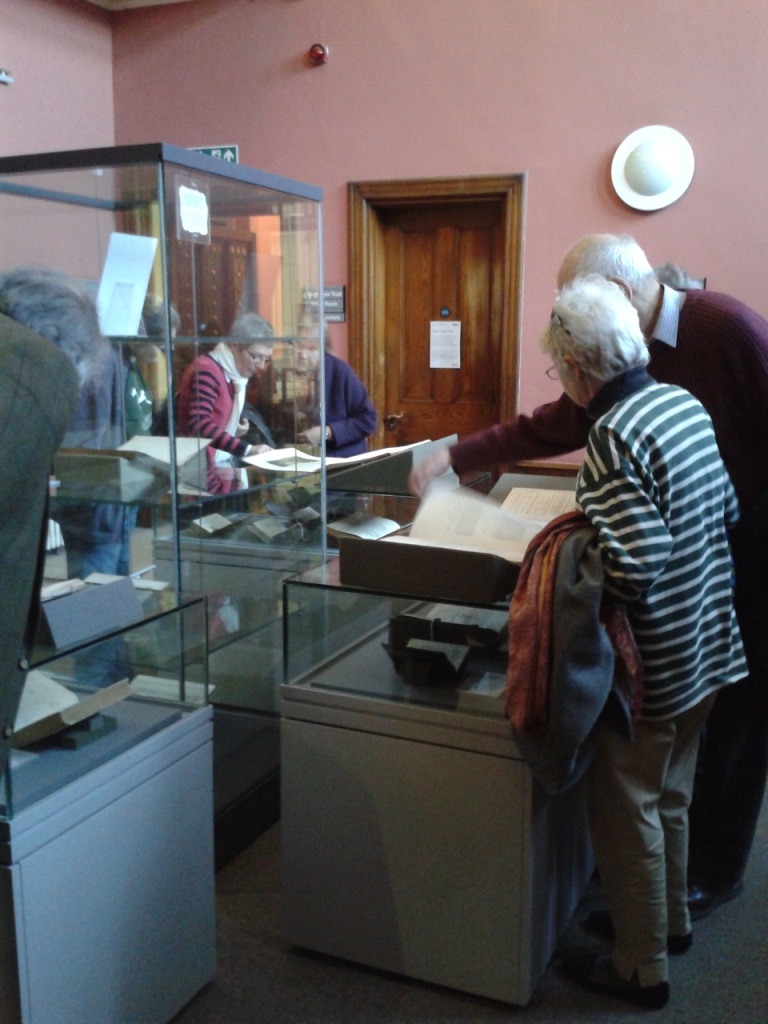
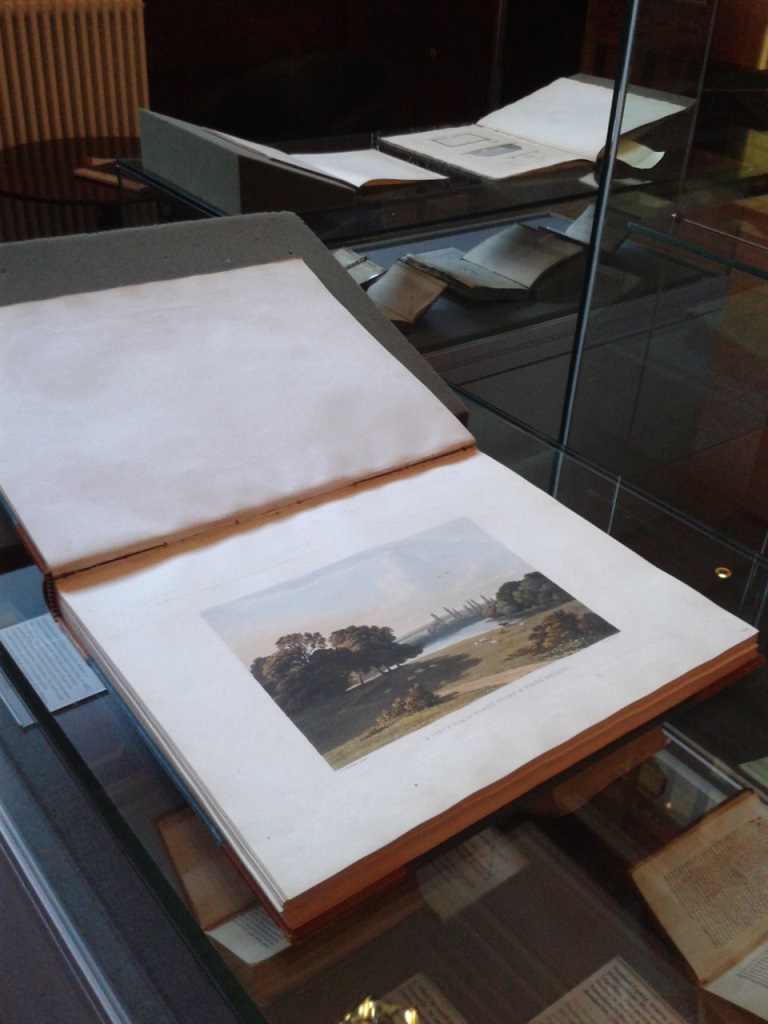
![From AR COL A/6/5, Folder relating to Little Peacocks Garden, Filkins [Brenda Colvin's home from 1960s]](https://blogs.reading.ac.uk/merl/files/2015/02/AR-COL-A_6_5-Little-Peacocks_81.jpg)
![From AR COL A/6/5, Folder relating to Little Peacocks Garden, Filkins [Brenda Colvin's home from 1960s]](https://blogs.reading.ac.uk/merl/files/2015/02/AR-COL-A_6_5-Little-Peacocks_91.jpg)

